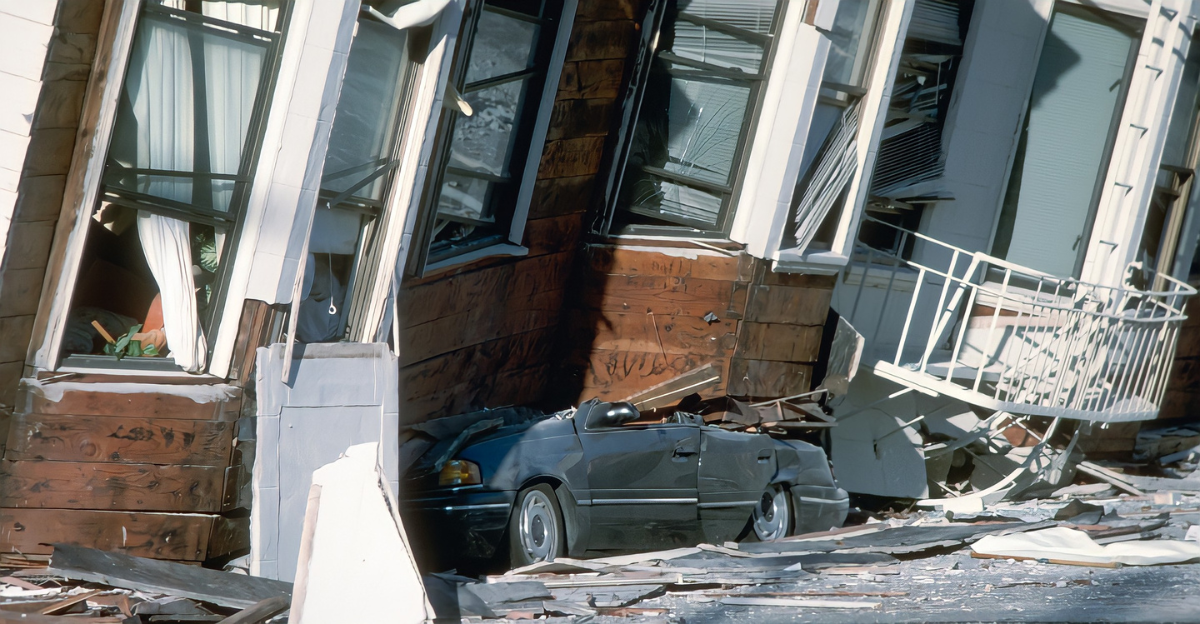
Berkeley, California, experienced a rude awakening at 2:56 AM on September 22, 2025, when a magnitude 4.3 earthquake struck near the intersection of Dwight Way and Piedmont Avenue, not far from the main campus of UC Berkeley.
While the quake was first thought to be stronger, scientists revised the number lower as they got more seismic data.
Windows rattled, items were knocked off store shelves, and emergency measures were activated on public transit and city infrastructure.
Over 30,000 people went online to tell the U.S. Geological Survey, “Did you feel it?” This is a sign of how widespread the shaking was, even for a moderate-sized earthquake.
Transit Response
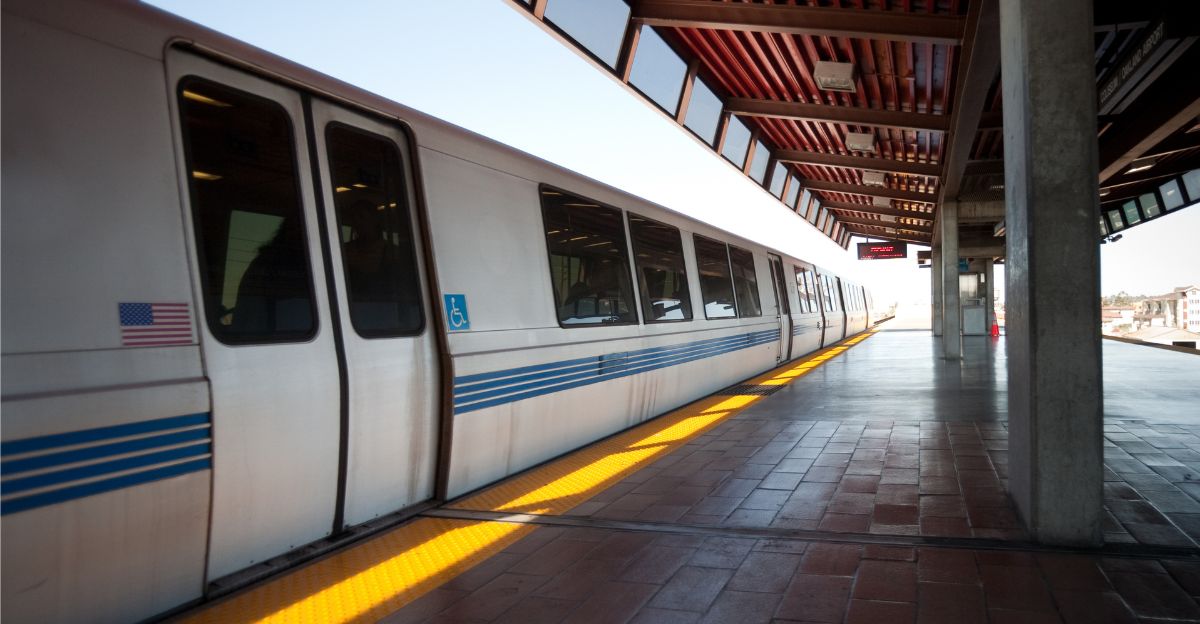
One of the fastest responses came from Bay Area Rapid Transit (BART), which immediately activated its post-earthquake safety plan.
Automated earthquake sensors, part of the system since 2012, detected the temblor instantly and slowed down all BART trains to just 27 mph.
This meant delays of up to 20 minutes for morning commuters as the entire network was inspected, but safety was put first.
No severe damage was found, and trains were running regularly by midday.
BART’s quick action showed how new warning tech and lessons from the 1989 Loma Prieta quake have made public transport safer when the ground suddenly moves.
Regional Impact
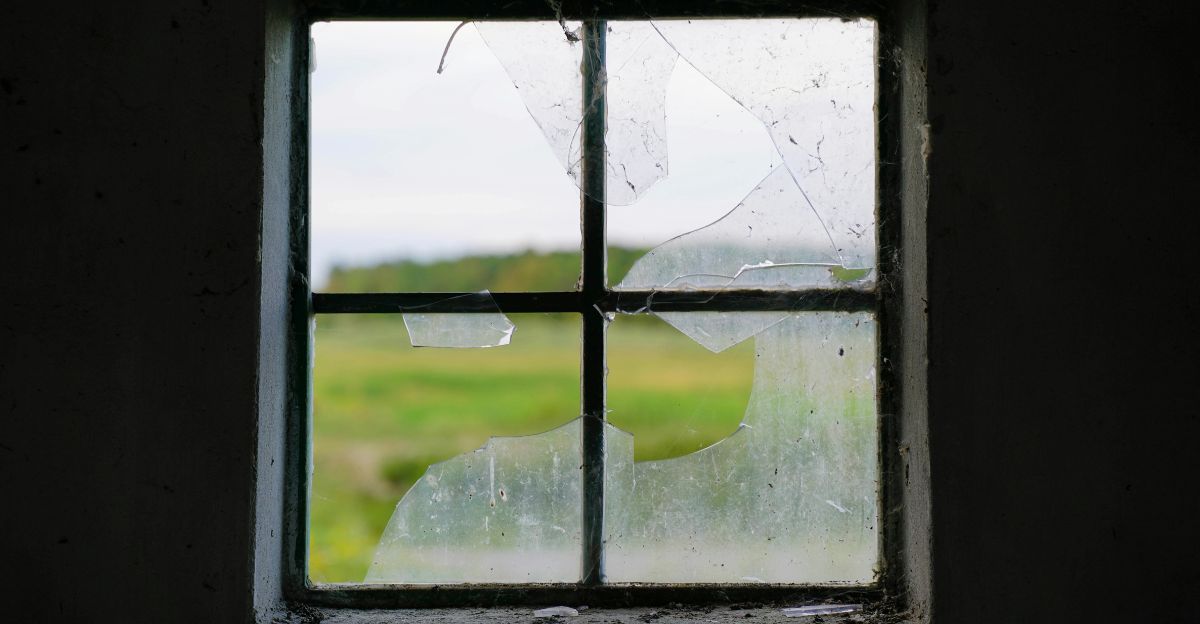
The earthquake’s effects weren’t limited to Berkeley. Light shaking was reported from Santa Rosa north to Salinas south, a more than 100-mile stretch.
Oakland, San Francisco, Alameda, San Leandro, and Walnut Creek all felt it.
Some businesses in Oakland’s Montclair neighborhood reported cracked windows and minor messes, such as items falling from shelves.
Local TV anchors recounted the newsroom shaking live on air, while college students described beds swaying and the fright of being suddenly awakened by what felt like someone shaking the house.
Historical Context
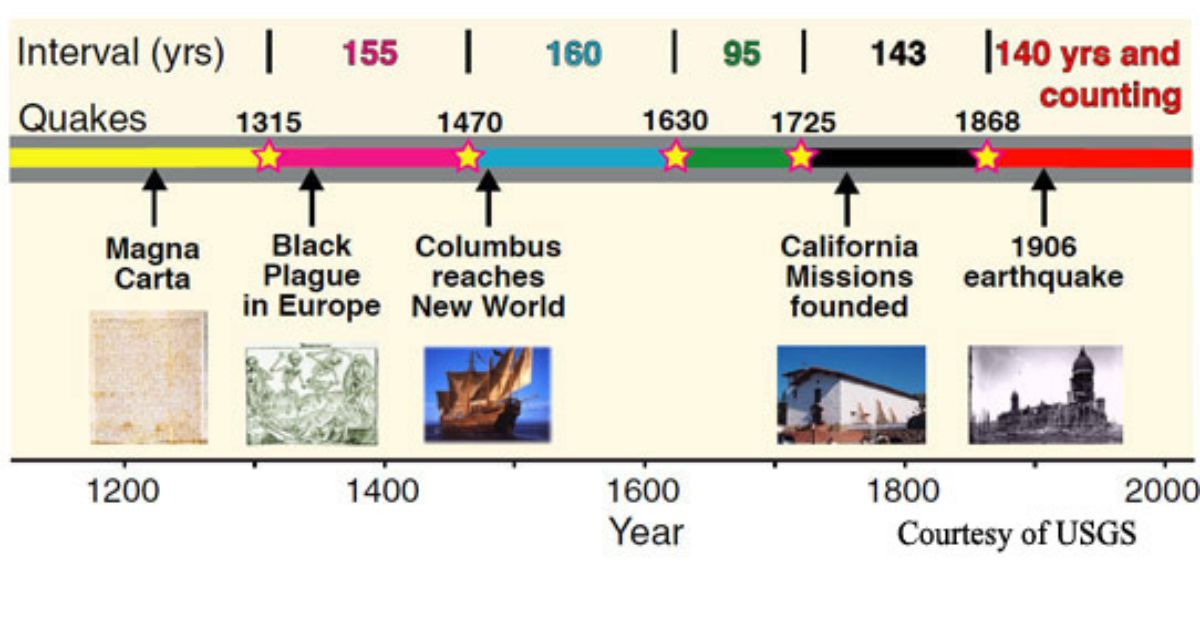
This quake was the biggest to directly hit Berkeley in three years, though it wasn’t the strongest in the broader Bay Area recently because a magnitude 5.1 rocked the region near Mt. Hamilton in October 2022.
Only eight earthquakes of magnitude 2.5 or greater have been felt in Berkeley since January 2023, so Monday’s event was big news for the town and university.
The last quake of a similar size near Berkeley happened in January 2018.
Fault Line Fears
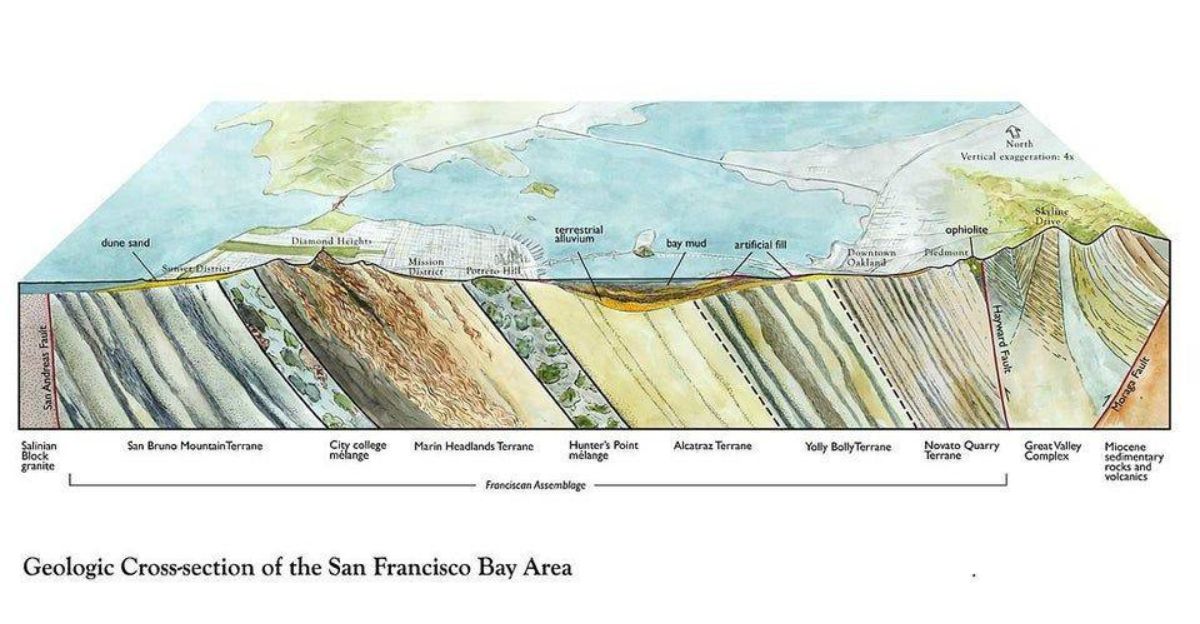
The quake struck on the infamous Hayward Fault with a 74-mile crack in the earth running under densely packed cities from Fremont through Berkeley toward San Pablo Bay.
This fault is considered one of the most dangerous in California, and for good reason: scientists say there’s about a one-in-three chance it will produce a major earthquake of a magnitude 6.7 or greater in the next 30 years.
The last big one was in 1868, a 6.8-magnitude quake that killed 30 people and damaged enormous property.
Today, over 2 million people live close to the fault, making the potential for disaster far greater if a similar quake happens now.
Population at Risk
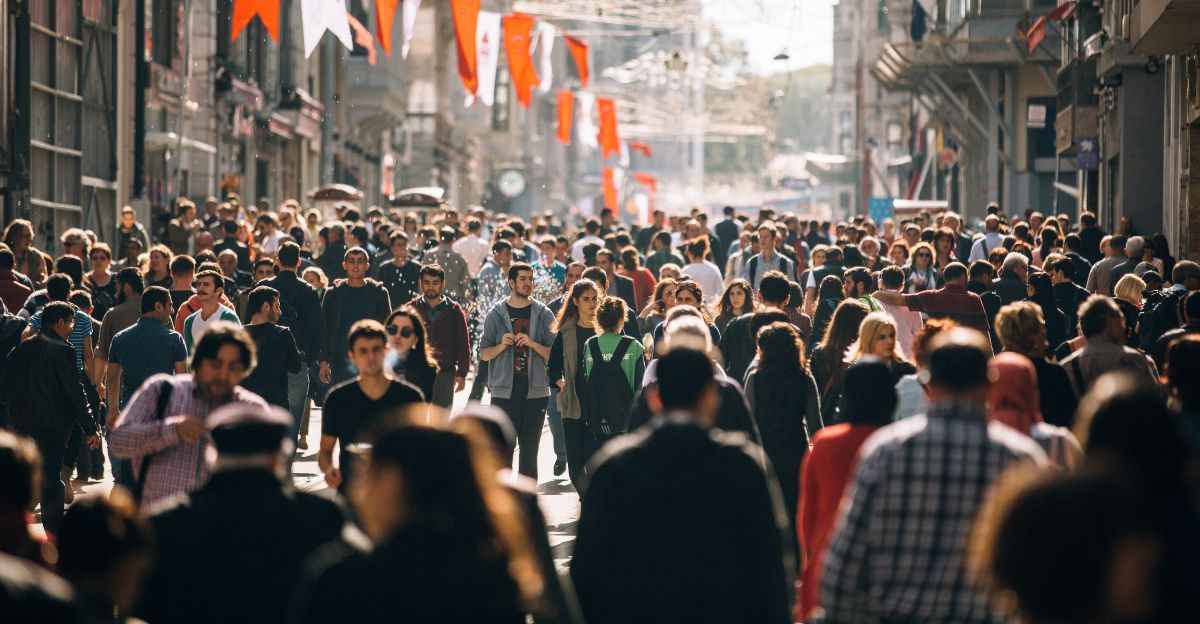
The Bay Area, with its nearly 7.7 million residents, is where fault lines and people overlap more than almost anywhere in America.
Cities like Oakland, San Francisco, and especially the East Bay have very high population densities on top of earthquake-prone land.
Though this latest event didn’t cause serious harm, safety officials say it was a valuable reminder that millions live in danger zones.
Only constant preparation stands between a minor scare and a major disaster.
Student Stories
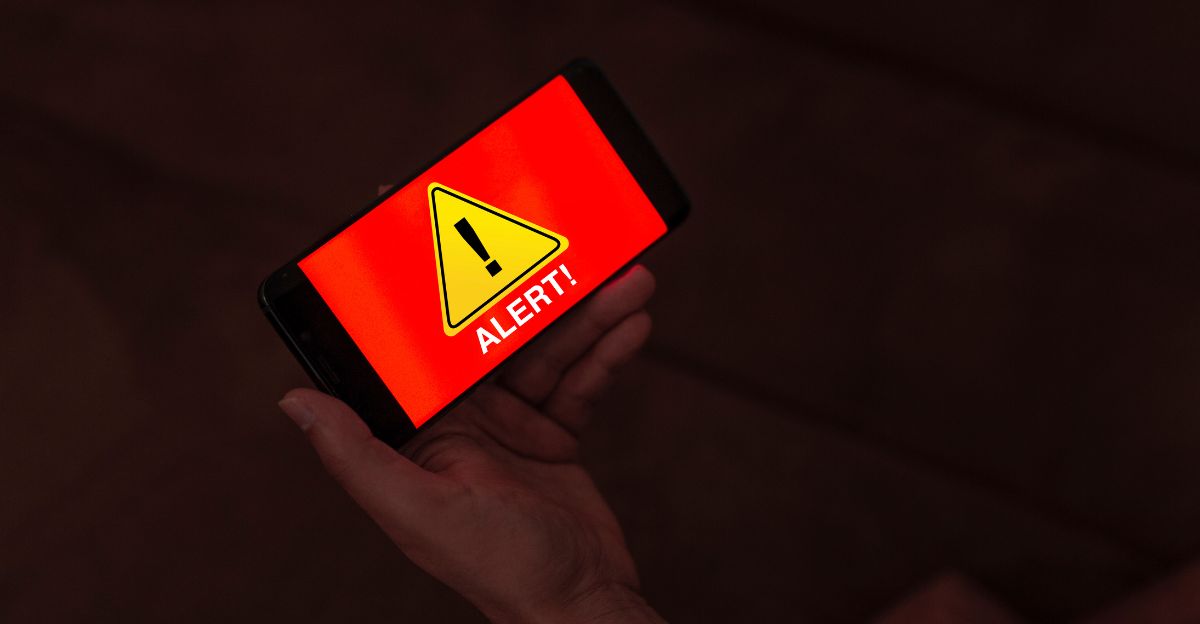
UC Berkeley students had some of the most vivid stories. Many were new to California and had never experienced a quake.
One sophomore, David Camero, said it felt “like someone grabbed the room and shook it.” His freshman roommate, Charlie Tarver, called it “the most intense earthquake I’ve felt.”
The university’s emergency alert system texted and emailed warnings within minutes.
After the shaking, students compared experiences online and learned first-hand the importance of preparing for earthquakes in California.
Aftershock Predictions
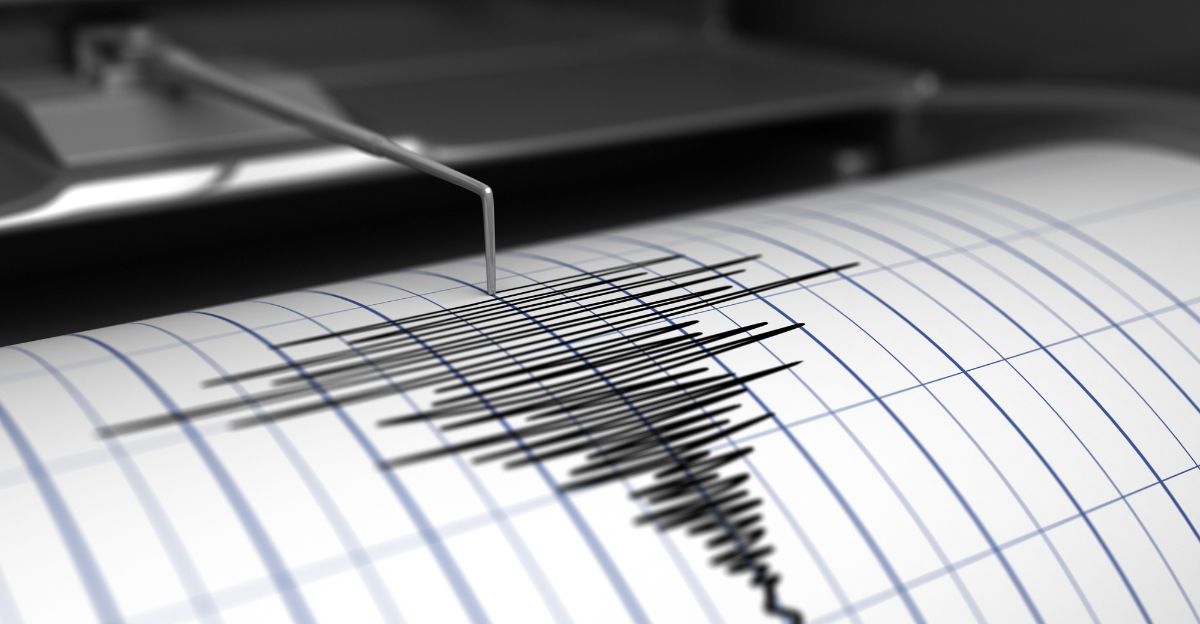
After the primary tremor, there was a 24% chance of another magnitude 3.0 or higher aftershock in the following week, and a 3% chance of another quake as strong as the first.
Sure enough, a magnitude 2.6 aftershock hit 8:01 AM, and a 3.0 tremor followed that evening.
These predictions are based on computer analysis of thousands of quake sequences in California and help the USGS warn people about what to expect next.
Minor aftershocks continued into the next day as the ground slowly settled.
Seismic Monitoring
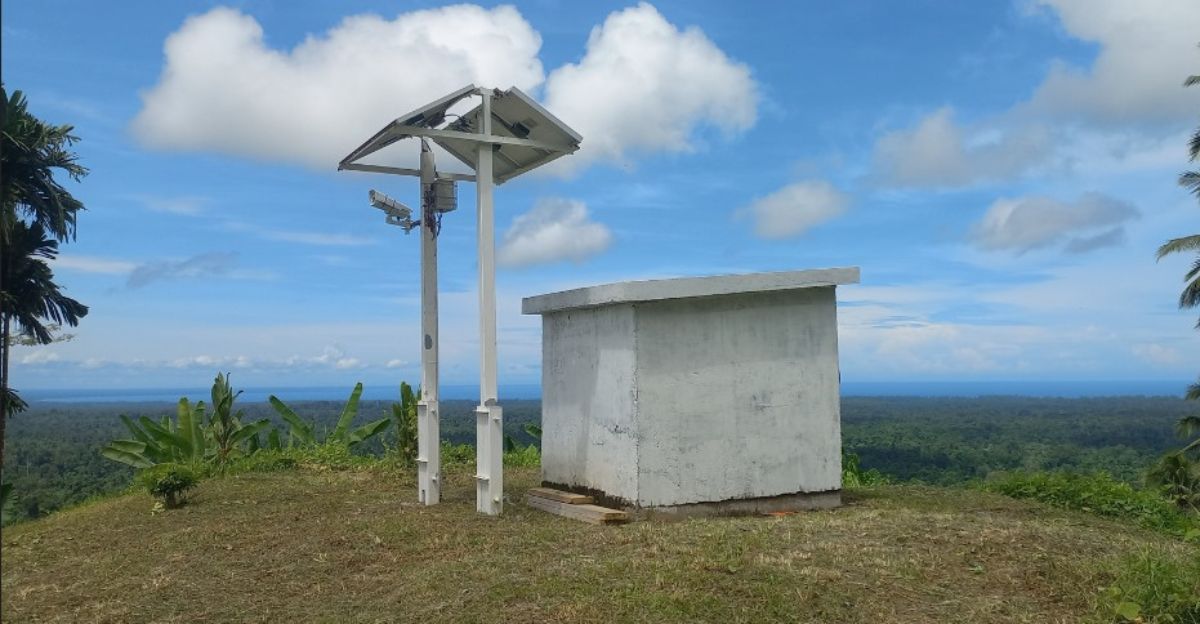
California’s world-class earthquake monitoring network did its job perfectly. With over 200 stations across Northern California and rapid “ShakeAlert” technology, seismologists could detect, analyze, and report the quake within minutes.
Data from these stations helps guide official responses and fuels ongoing research by universities and public agencies.
It also feeds warning apps and public alert systems, allowing millions to react in seconds when a quake hits.
Hidden Threat
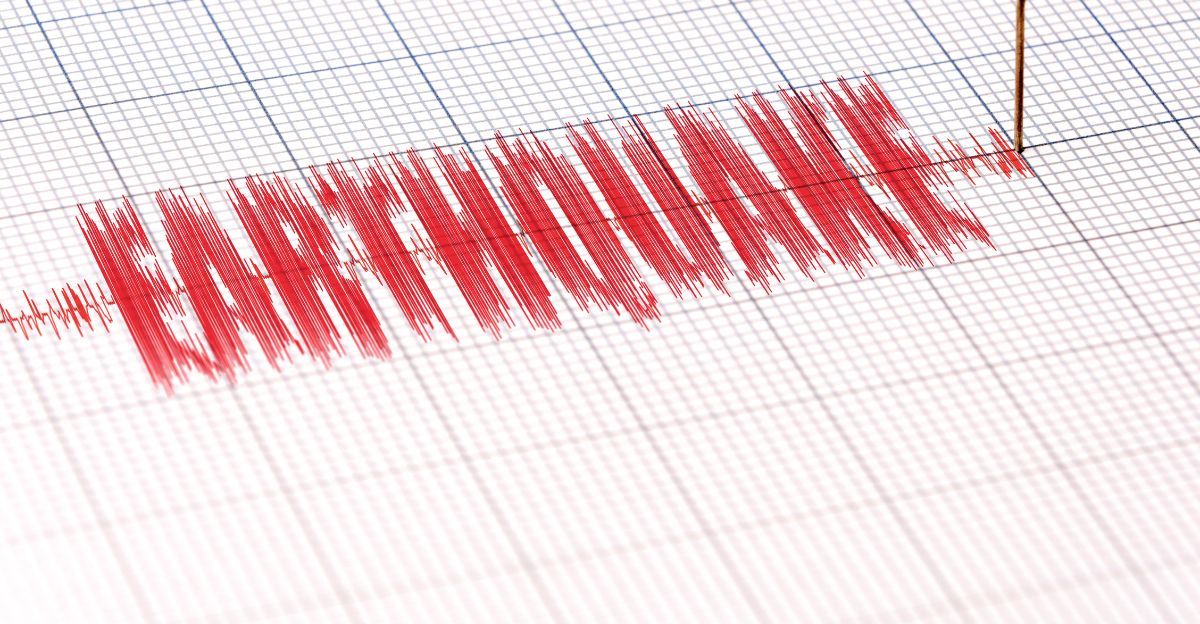
This earthquake moved at “normal” speeds, but Californians live with the bigger threat of so-called “supershear” earthquakes, which rupture faster than their seismic waves.
These are rarer, but much more violent, shaking more ground and causing more damage than typical earthquakes.
In recent years, research from USC and the Statewide California Earthquake Center has highlighted that supershear events may be more common than once thought, and our current building codes may not be enough to keep us safe if one hits.
Scientists warn that multiple magnitude seven supershear quakes are possible in California’s future, so upgrades to buildings and infrastructure are needed now.
Infrastructure Vulnerability
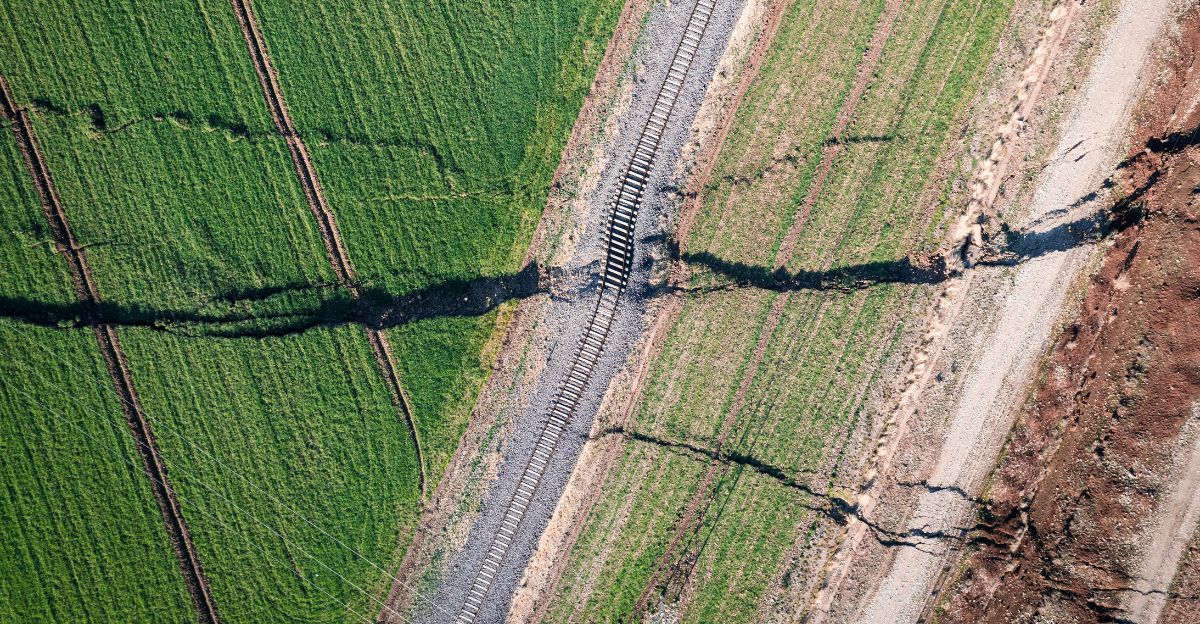
The Hayward Fault runs under homes and crosses vital freeways, water aqueducts, and BART train lines.
If a major quake hit here, it could cut off water to half the Bay Area and close more than a thousand roads for weeks.
Even large hospitals, like those in Alameda and Contra Costa, sit close to the fault. The BART tunnel under the Berkeley Hills is especially at risk.
Despite upgrades since the last big quake, no entirely foolproof retrofit would guarantee safety during a big one.
Economic Concerns
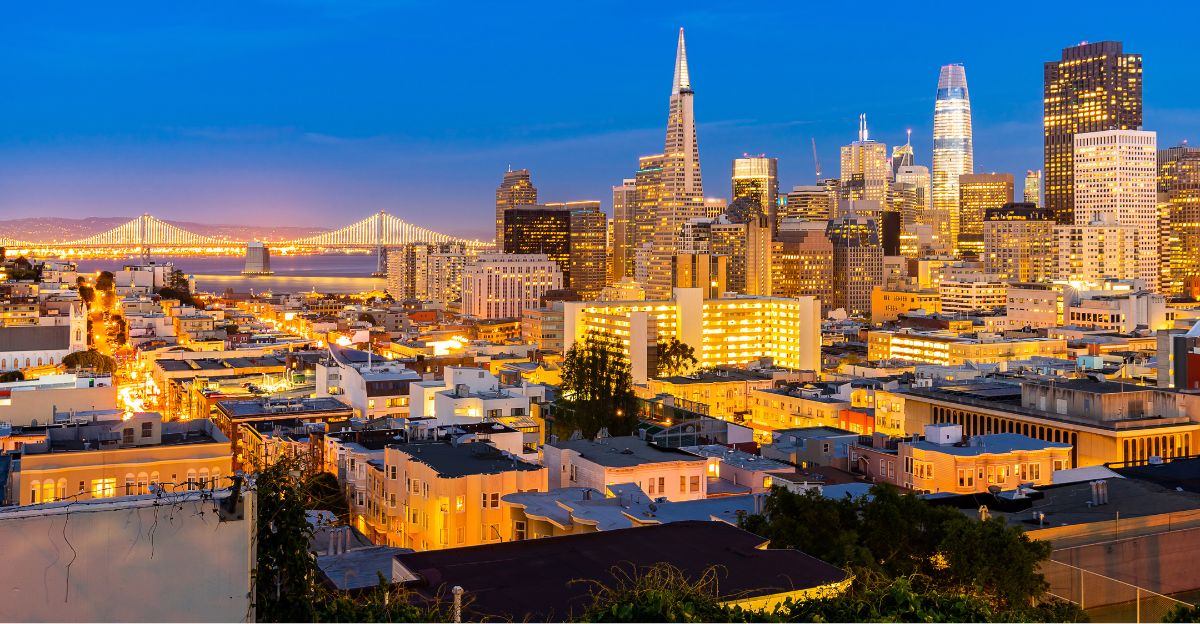
Alameda County alone has over 40,000 employers and hundreds of thousands of workers, many in tech and finance.
A major earthquake would damage buildings and disrupt jobs and the flow of money that supports California’s economy.
Because the Bay Area is so connected to global trade and high-tech innovation, experts say a massive Hayward Fault quake could ripple out to disrupt businesses and supply chains worldwide.
Emergency Response
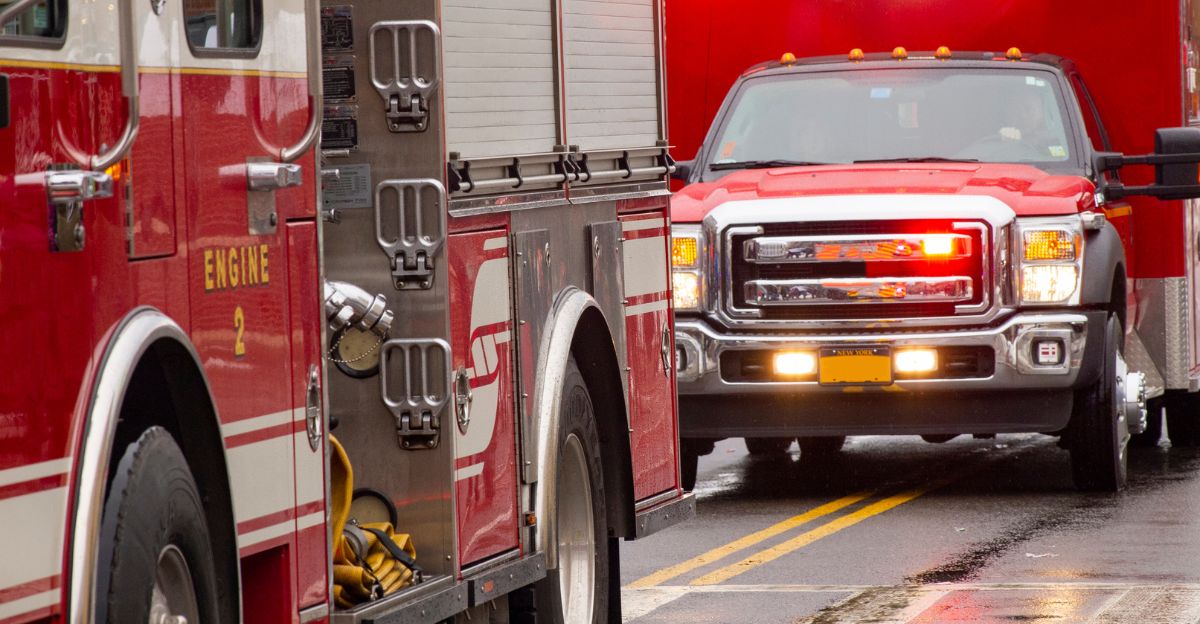
After the quake, local fire and police checked for collapsed buildings, gas leaks, or fires.
No significant injuries were reported.
These rapid but thorough checks are a legacy of lessons learned from past disasters: by responding quickly, officials can prevent a small emergency from becoming a major catastrophe.
Monday’s event was a “dress rehearsal” for worse possibilities in the future, helping fine-tune the Bay Area’s emergency playbook.
Community Resilience

Ordinary people did their part, too. When the shaking began, many dropped under tables or moved away from windows, showing that “drop, cover, and hold on” is drilled into local culture.
Neighbors called to check on one another while others posted what they saw online, spreading helpful information and supporting those confused or frightened.
For newcomers, it was a lesson in why earthquake readiness is part of being a Bay Area resident.
Future Preparations
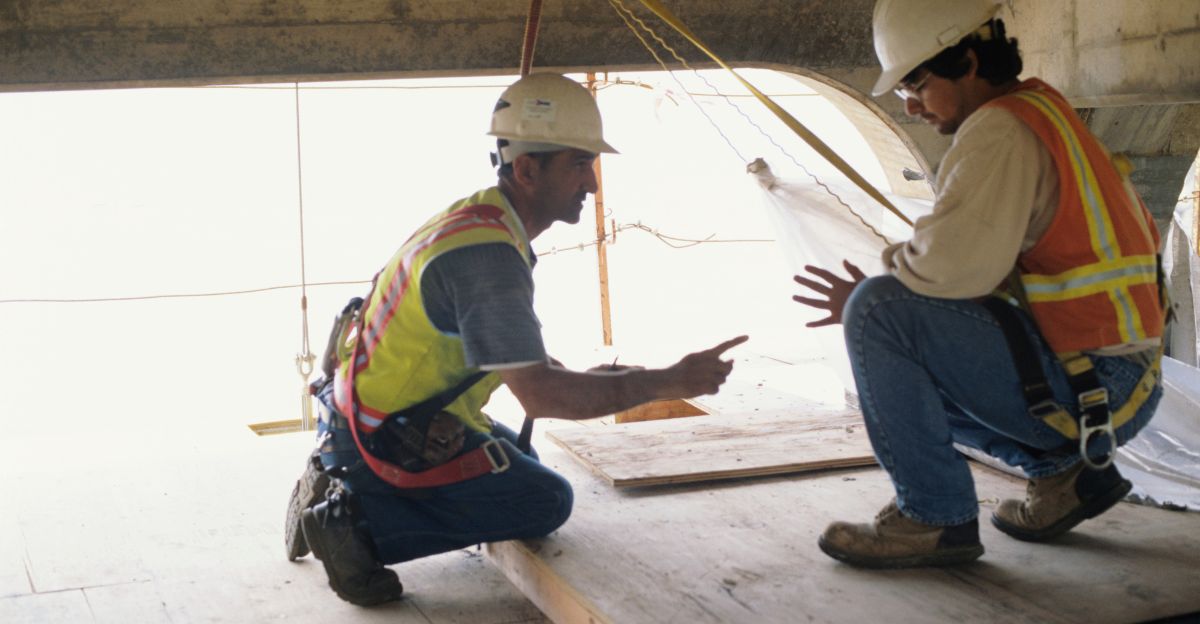
Scientists stress that the Hayward Fault is overdue for a much bigger quake.
The last time it broke significantly was over 150 years ago, but it typically snaps every 150 years on average.
That means the region is at increased risk now.
Officials urge everyone to join earthquake drills, like the annual ShakeOut, and for cities to continue strengthening buildings, especially older soft-story apartments and unreinforced brick structures, most likely to collapse in a major shake.
Regulatory Response

New science keeps changing what officials think is safe. The discovery that the Hayward and Rodgers Creek faults are linked means even bigger, more damaging earthquakes, up to magnitude 7.4, are possible.
Building codes are being reviewed, and lawmakers hold hearings on ensuring that new and retrofitted structures are ready for more intense shaking, including hard-to-predict supershear quakes.
Technology Sector
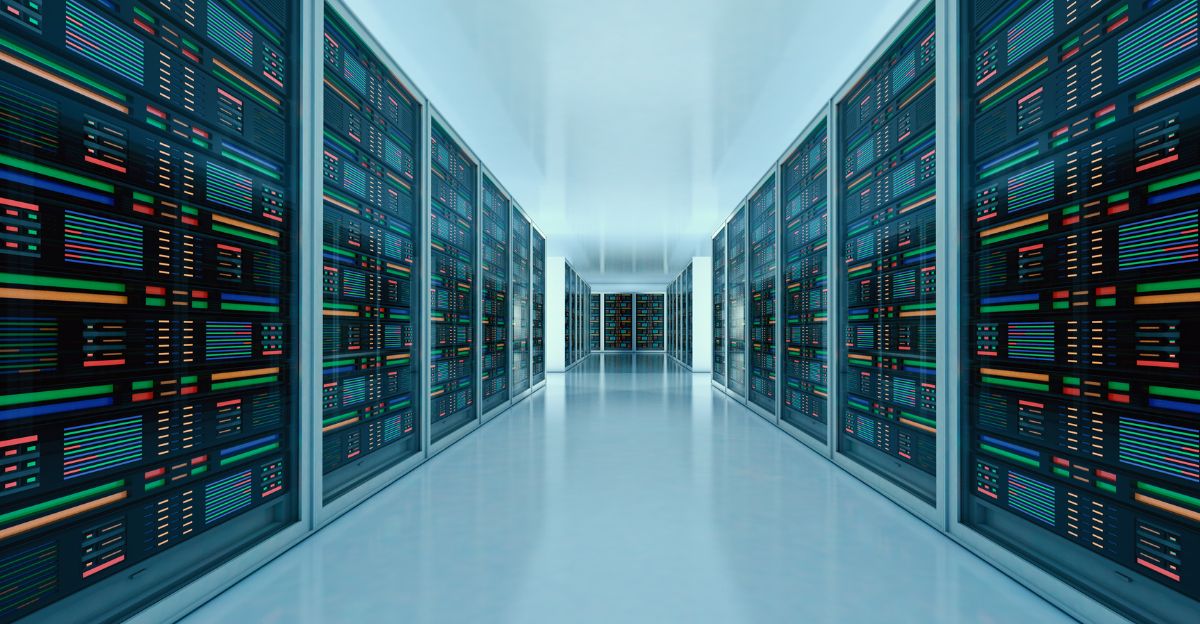
The Bay Area tech industry, home to the world’s most valuable companies, sits right on top of fault lines.
Data centers, semiconductor plants, and head offices could all be damaged in a severe quake, leading to local losses and failures of global internet, cloud services, and digital communications.
Many big tech firms have invested in strengthening their buildings and creating backup plans.
Still, so many systems are linked, even a short network outage could cause significant worldwide disruption.
Social Media Reaction

People across social media reported the quake as it happened, sharing everything from video clips to building damage, and starting hashtags like #BerkeleyEarthquake.
Some also posted rumors or gave false predictions, which required seismologists and official channels to step in and set the record straight.
This event showed that reliable information is just as crucial during quakes as good infrastructure, and why people should check trusted sources first.
Historical Parallels
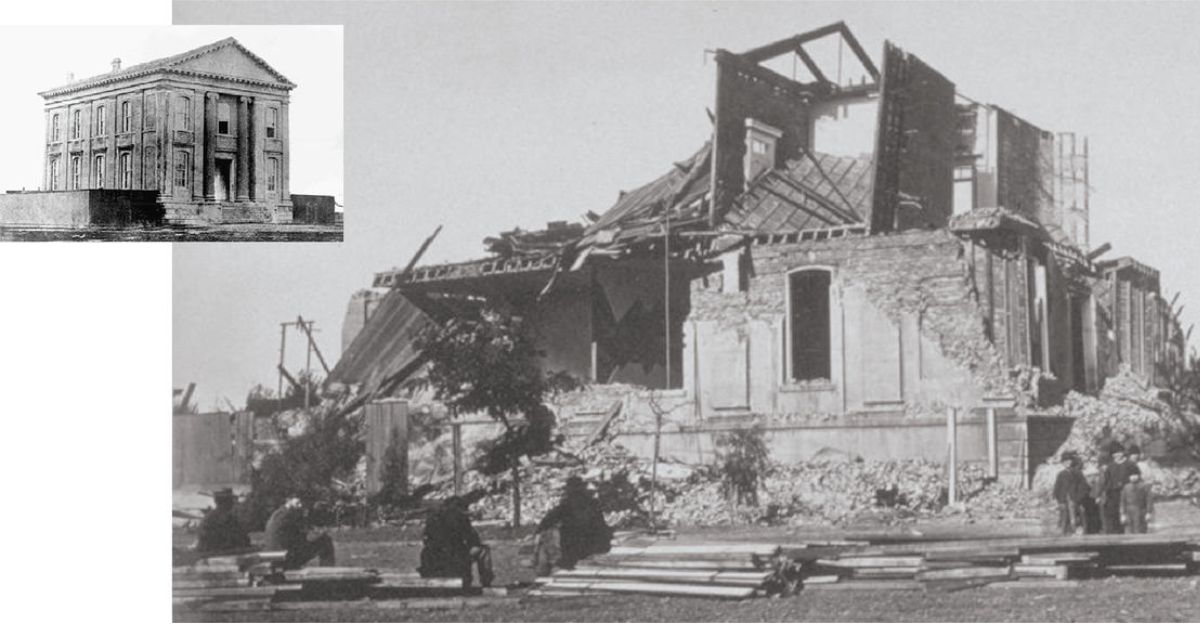
The 1868 Hayward Fault earthquake killed dozens and caused massive damage when only a tiny fraction of the region’s population lived there.
In those days, the quake was called “the Great San Francisco Earthquake,” until the bigger 1906 quake happened.
Scientists have studied the paths and destruction of both these historical quakes to predict what would happen if the same rupture hit today.
The answer is sobering: far greater loss, injuries, and building collapse, especially in the modern, crowded cities of the East Bay.
Are We Ready for the Next Big One?
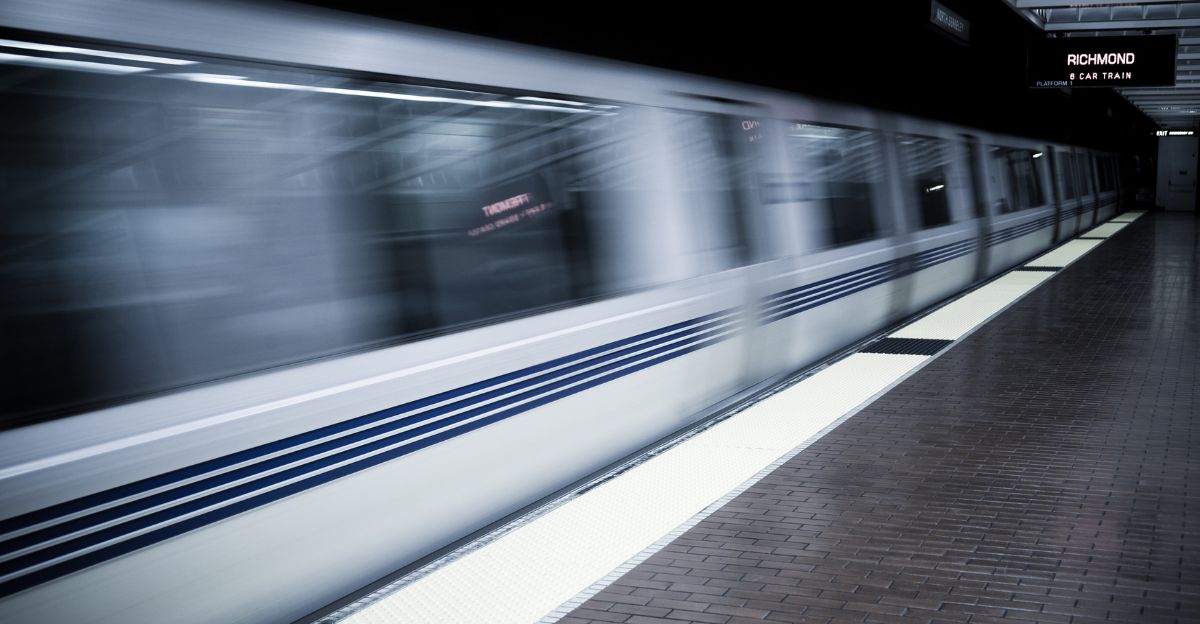
Although Monday’s 4.3-magnitude earthquake was small, it was a powerful reminder that a big quake can come anytime in the Bay Area.
Even moderate shakes disrupt transit systems, startle communities awake, and underline how vulnerable the region’s people and infrastructure are.
Scientists say there’s still a one-in-three chance of a much larger Hayward Fault quake soon.
That makes continued preparation, stronger buildings, innovative emergency plans, and good public information not only wise but necessary for everyone who calls the Bay Area home.